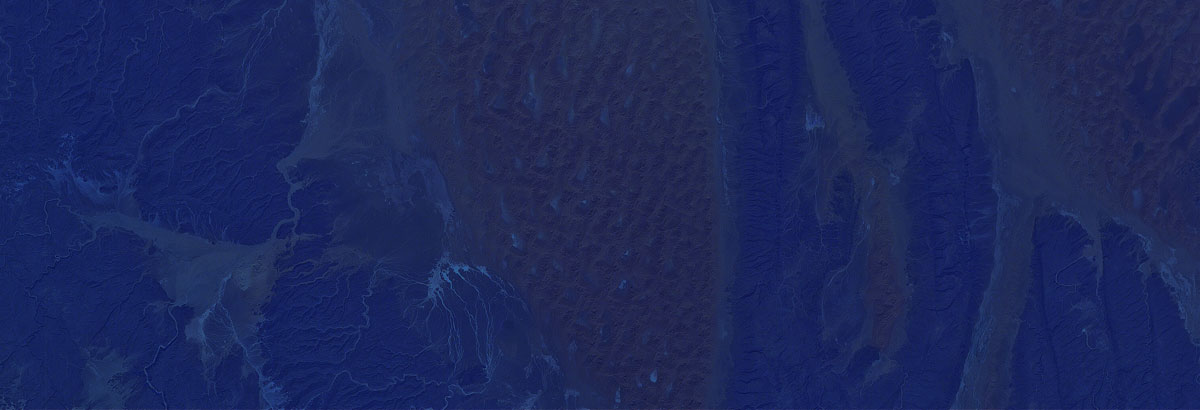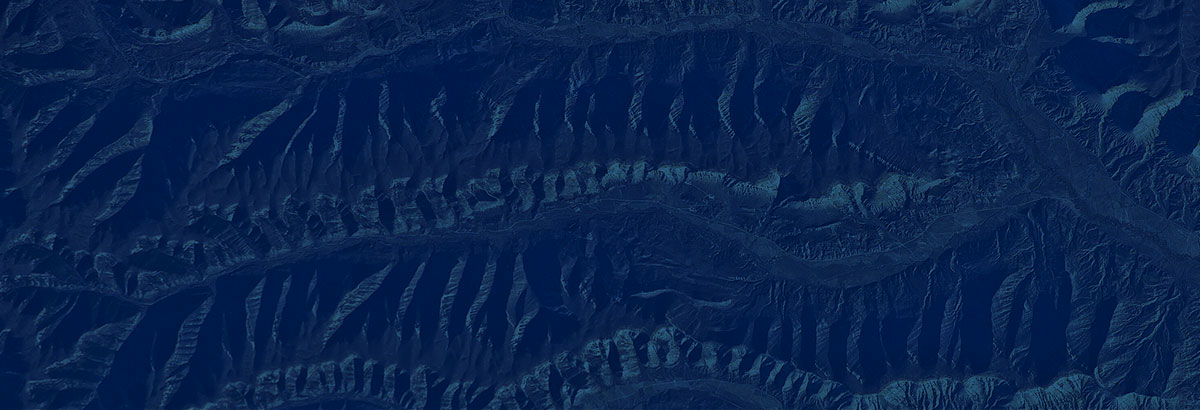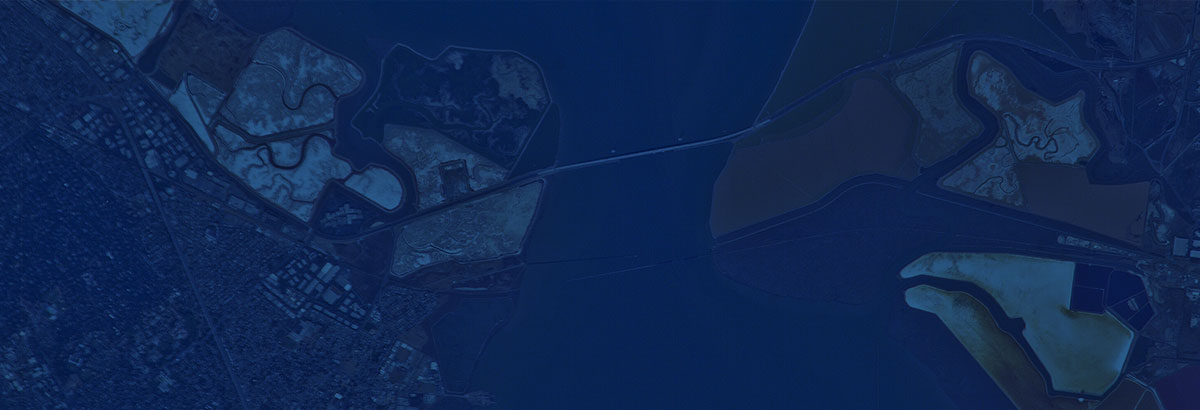Asteroid Institute Moving Astrodynamics at Scale Forward by Hank Grabowski
November 12, 2019
Asteroid Institute Moving Astrodynamics at Scale Forward
by Hank Grabowski
A hackathon is a modern software development practice of bringing together a team to spend a couple of days focusing on a handful of specific goals. This helps focus efforts for a brief period of time, usually a couple of days, which can allow for breakthroughs that otherwise can take a lot longer as part of the general software development cycle. The Asteroid Institute has been using this practice for the last couple of years with great success. Along with helping us make progress on specific areas it also allows us to bring our geographically dispersed team of contributors together to have face-to-face interactions and the opportunity to socialize which helps create stronger team cohesion. Here is was our team at the most recent hackathon.

Back Row left to right Jamie Kinny – Google, Dr. Ed Lu, Joachim Moeyens, John Carrico, Mike Loucks, Emmie King, Siegfried Eggl, Hank Gabrowski, Vivek Vittaldev, Danica Remy, Massy Mascaro – Google Front Row left to right Alisa Hawkins, Samira Motiwala Dan Isla – Google, Alan Posner
In the months leading up to the hackathon, we set out two specific goals we wanted to accomplish there. First, we wanted to make the onboarding experience far more streamlined for new users of our analysis system, ADAM. Second, we wanted to mature our system’s ability to calculate asteroid impact probabilities.
Our industry partner Google graciously set up a meeting space and use of their amenities in Mountain View, California to make this meeting of over a dozen of our contributors a reality and with great results to show for it.
The ADAM analysis engine has been used for doing orbit propagation of asteroids with great success by Asteroid Institute researchers like Dr. Sarah Greenstreet with her work on determining to divert ability for asteroids. As it is used more however we found some aspects which make getting started with the analysis system more cumbersome than we felt it needed to be. Our first focus area of the hackathon was to attempt to make that onboarding process easier. Could this be addressed by improved documentation, improved onboarding processes, or changes to the architecture? Our end goal for usability was literally “being able to generate millions of orbits within 10 minutes of sitting down to using ADAM.” This is of course what is colloquially called “rocket science” so while we aim to make our API easy to use it will take more than ten minutes to be able to write code that does this. What we are trying to accomplish with our “10 minutes” goal is to overcome the problem of configuring a new user’s system to authenticate and use our cloud-based ADAM services. During the hackathon, we were able to successfully get a brand new user to configure and run a standard tutorial notebook in under ten minutes. We were able to accomplish this by leveraging Google’s cloud-based Jupyter Notebook system which makes it easier to configure and perform authentications. We also explored doing application deployments using Docker Containers as a way to create self-contained and configured software modules that can be downloaded and executed by potential ADAM users.
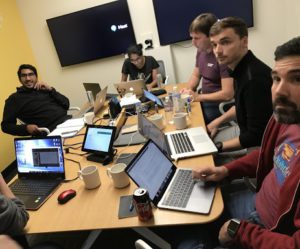
From left to right Alisa Hawkins, Vivek Vittaldev, Samira Motiwala, Siegfried Eggl, Joachim Moeyens, Hank Gabrowski
On our second goal of improving our ability to calculate impact probabilities two aspects of that problem that we targeted addressing were the computation of asteroid position/velocity uncertainties based on observations and the propagation of those uncertainties in a physically realistic way even in cases where there is a flyby of a planet over the century-long time we are studying that object’s trajectory. We decided to look at two techniques for this uncertainty propagation: sigma point propagation and Monte Carlo propagation. The ADAM architecture supports bulk orbit propagation for these sorts of cases but it’s the aggregation of that information into an uncertainty value and selecting appropriate sampling algorithms that we were interested in exploring. Our team members were able to get working uncertainty estimates using these methods working in prototype form. This provides us a solid platform for implementing this in an operational form as well as identifying which areas we need to focus on to make that a reality. Ultimately we would like to be able to bootstrap these computations from raw observations within ADAM itself. To accomplish this we also created working prototypes of our own orbit determination capabilities. This orbit determination prototype too provides a solid foundation that will allow us to create operational orbit determination capabilities in the near future. Our team at work on the prototype.
![]() Along with accomplishing our two stated goals we were able to start looking at the web-based technologies that will allow us to achieve one of the Institute’s ultimate goals of creating a generally available space map. To date, ADAM’s focus has been Python-based analysis and offline visualization. By bringing a web-based version of the analysis and with visual components we will make this technology more broadly accessible, which again is our ultimate goal. During the hackathon, our team was able to develop a quick prototype web-based solar system visualizations with asteroids trajectories computed by ADAM itself. This gave us a roadmap of how we want to explore investigating the tradespace of alternatives for baseline visualization technologies, data flows, and features that we’d like to see in this visualization capability.
Along with accomplishing our two stated goals we were able to start looking at the web-based technologies that will allow us to achieve one of the Institute’s ultimate goals of creating a generally available space map. To date, ADAM’s focus has been Python-based analysis and offline visualization. By bringing a web-based version of the analysis and with visual components we will make this technology more broadly accessible, which again is our ultimate goal. During the hackathon, our team was able to develop a quick prototype web-based solar system visualizations with asteroids trajectories computed by ADAM itself. This gave us a roadmap of how we want to explore investigating the tradespace of alternatives for baseline visualization technologies, data flows, and features that we’d like to see in this visualization capability.
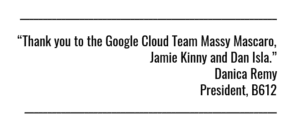 With one more hackathon in the books, the Asteroid Institute was able to make progress towards their two main goals while achieving some bonus goals as well. This along with the opportunity for camaraderie and face to face interactions made this year’s hackathon yet another success for our team. A big thanks to everyone on the team who was able to attend (see photos) and help move the ball forward on these topics. Another big thanks to our industry partner Google Cloud and their team for providing an awesome location, food, and amenities for our team.
With one more hackathon in the books, the Asteroid Institute was able to make progress towards their two main goals while achieving some bonus goals as well. This along with the opportunity for camaraderie and face to face interactions made this year’s hackathon yet another success for our team. A big thanks to everyone on the team who was able to attend (see photos) and help move the ball forward on these topics. Another big thanks to our industry partner Google Cloud and their team for providing an awesome location, food, and amenities for our team.
About the Author:
 Hank is a co-founder of ADS, a leading aerospace engineering, software development, and space situational awareness company and served as the company’s Chief Technology Officer. ADS was acquired by L3Harris in 2018. Hank currently serves as an open-source software and decentralized web advocate and independent consultant. His ADAM contributions focus on implementing the open-source astrodynamics computation components and integration with analysis and visualization tools.
Hank is a co-founder of ADS, a leading aerospace engineering, software development, and space situational awareness company and served as the company’s Chief Technology Officer. ADS was acquired by L3Harris in 2018. Hank currently serves as an open-source software and decentralized web advocate and independent consultant. His ADAM contributions focus on implementing the open-source astrodynamics computation components and integration with analysis and visualization tools.
B612 Foundation is organized with the mission to research and develop technologies and software that enable asteroid discovery, analysis, and mapping of our solar system with the goal of creating and disseminating data and technologies and software that support the emerging space ecosystem.









